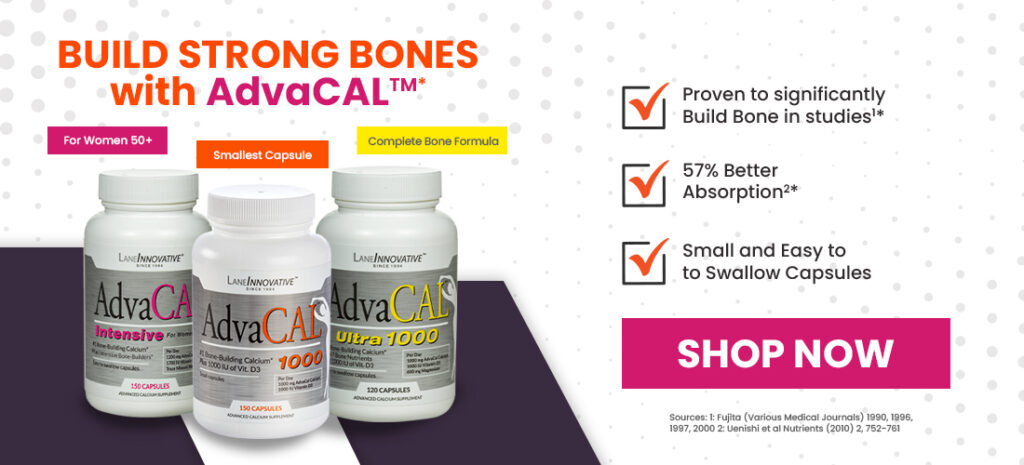Bone Health
Essential Bone Health: Avoiding Weakness as Summer Ends
Bone health is something we often take for granted during the carefree days of summer, but as the season winds down, it deserves renewed attention. Strong bones not only reduce the risk of fractures but also support posture, balance, and long-term mobility. The end of summer is an ideal moment to refresh your daily habits and ensure your bone health remains strong as routines shift indoors.

The Vitamin D Shift
Sunlight is one of the body’s primary natural sources of vitamin D, a nutrient that plays a key role in bone health by helping regulate calcium absorption. During the longer days of summer, many people naturally get more sun exposure. As fall approaches, shorter days, cooler weather, and more time indoors often mean less sunlight—and with it, lower vitamin D levels.
To compensate, focus on vitamin D‑rich foods such as fatty fish, egg yolks, and fortified dairy or plant milks. If dietary intake or sunshine exposure drops, supplementation can help maintain bone health year‑round.
Why Calcium Still Matters
Calcium is the most abundant mineral in the body, with over 99% stored in bones and teeth. Your skeleton relies on a steady supply to maintain density and strength. When dietary intake is too low, the body may “borrow” calcium from bone tissue for other critical functions. Over time, this can weaken bones.
Calcium‑rich foods—like leafy greens, dairy, almonds, and legumes—are foundational to your bone health routine. For those who don’t consistently meet daily needs, supplements may help fill the gap.
Choosing Calcium That Works for You
Not all calcium supplements are absorbed the same way. Some forms are easier for the body to use effectively. Choosing a supplement that’s gentle on digestion and highly absorbable makes a real difference for bone health.
It also helps to take calcium in divided doses (e.g., ≤ 500 mg at a time) and with meals to improve absorption. Pairing calcium with vitamin D further supports the body’s ability to absorb and utilize calcium for strong bones.
Movement for Stronger Bones
Nutrition is essential, but movement is equally critical for bone health. Weight‑bearing exercises—like walking, dancing, stair‑climbing, or using elliptical machines—“work directly on bones in the legs, hips and lower spine to slow bone loss” and boost overall strength.
Resistance training with light weights or bands improves bone density, muscle tone, and balance—crucial for reducing fall risk as we age.
Transitioning Into Fall with Stronger Habits
As summer routines give way to fall schedules, it’s a perfect time to reinforce your habits for bone health:
- Nutrition: Include calcium-rich foods daily; supplement if needed.
- Vitamin D: Adjust for reduced sun exposure via diet or supplements.
- Exercise: Keep doing weight-bearing and strength exercises weekly.
- Lifestyle: Avoid smoking and limit alcohol—both can undermine bone strength.
Final Thoughts
Prioritizing bone health is a year‑round commitment, but seasonal transitions can pose challenges. By focusing on vitamin D, choosing absorbable calcium sources, and staying active, you’re building a strong foundation for lifelong skeletal strength.
References
Like? Share with Your Friends!

